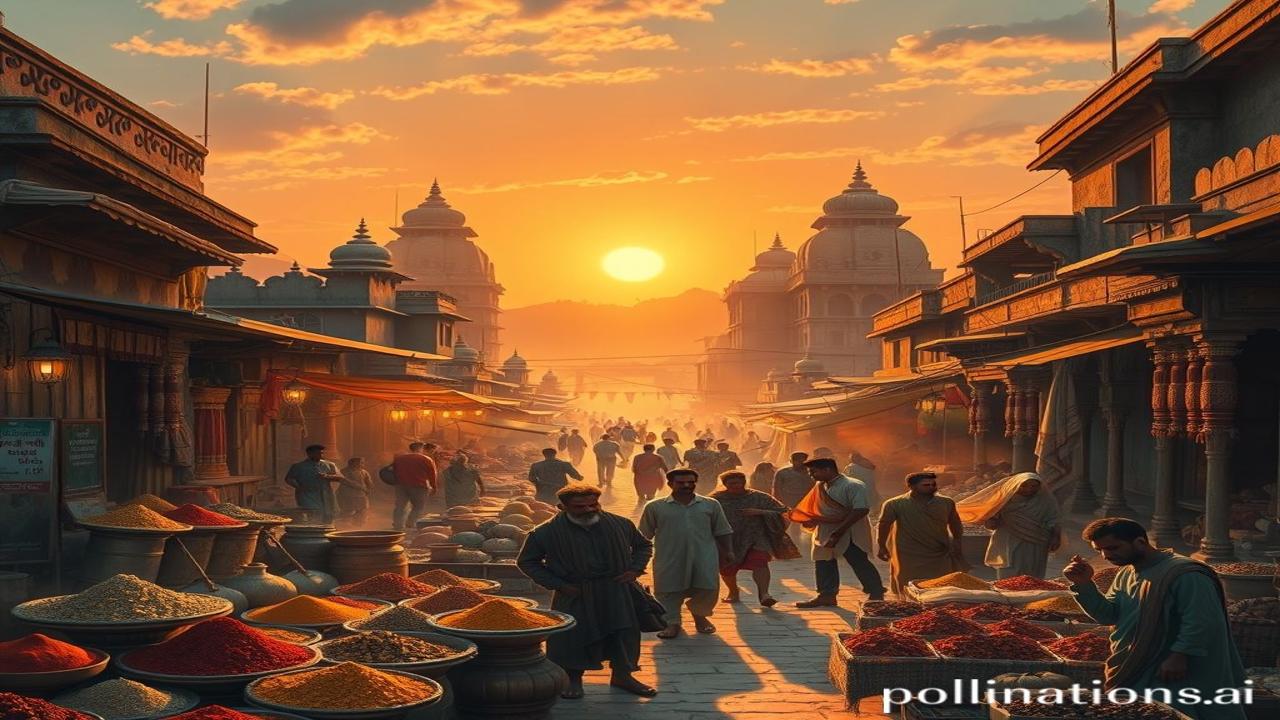Waqt Ki Dhool Mein Dabi Kashi Ki Kahani: A Journey Through Ancient Varanasi
Kabhi socha hai, Ganga ke kinaare, hazaaron saal pehle, zindagi kaisi thi? Imagine yourself stepping back in time, feeling the warm sun on your skin, hearing the chants of mantras echoing through narrow, winding streets. Waqt ki dhool mein, ancient Kashi, aaj ka Varanasi, apni kahani chhupaye baitha hai. Aao, hum saath milkar uss kahani ko khojte hain.
Kashi: Bharat Ki Atma, Itihas Ka Aaina
Kashi, also known as Varanasi or Banaras, is one of the oldest living cities in the world. Iska zikr Atharva Veda, Mahabharata, aur Purano mein bhi milta hai! We’re talking about a civilization that stretches back to at least the 11th century BCE, maybe even earlier! It was a major center of trade, education, and religion. Think about it: thousands of years of unbroken tradition, spirituality, and culture flowing like the Ganga itself. Kashi is not just a city; it’s a dharohar (heritage), a living testament to Bharatiyata (Indianness). Its significance lies in its timeless connection to the spiritual heart of India. It’s where knowledge flourished, and moksha (liberation) was sought.
Varanasi: A Timeline Snapshot
- Pre-11th Century BCE: Origins shrouded in myth and legend, mentioned in ancient texts.
- 6th Century BCE: Flourishing center of learning and religion, linked to early Buddhism and Jainism.
- Medieval Period: Various rulers and dynasties shaped the city, influencing its architecture and culture.
- Modern Era: A sacred city, a tourist destination, and a symbol of India’s enduring spiritual heritage.
Zameeni Sach: Log Aur Jeevan – A Day in Ancient Kashi
Imagine yourself walking through the bustling streets of Kashi in the 5th century BCE. The air is thick with the scent of incense, sandalwood, and freshly baked bread. “Jai Baba Vishwanath!” a voice calls out, a common greeting as you pass by.
The Artisans and the Ganges
Ma Rukmini, a potter’s wife, carefully molds clay on her wheel. Aaj woh diye bana rahi hai, for the evening aarti at Dashashwamedh Ghat. Her husband, Ramu, hauls clay from the banks of the Ganga. The river is their lifeline, providing sustenance and inspiration.
The Scholars and the Sacred Texts
Meanwhile, in a nearby gurukul, young Brahmin boys chant Vedic hymns under the watchful eye of their guru. They are learning about the ancient scriptures, philosophy, and the path to enlightenment. The air is filled with the rhythm of their recitations, a constant reminder of Kashi’s intellectual prowess.
The Kings and the Commoners
Raja Harishchandra, known for his truthfulness, presides over the kingdom. His rule is just, and his people are prosperous. He understands that the true wealth of Kashi lies not in its gold or jewels, but in its spiritual strength and the devotion of its people.
A Street Play Dialogue
” अरे भाई, suna kya hai? The traders from faraway lands are here!” shouts a fruit vendor.
“Haan, suna maine bhi! They say they bring silks and spices beyond our wildest dreams,” replies a passerby, his eyes gleaming with excitement. The marketplace is a vibrant hub of activity, a melting pot of cultures and ideas.
Dharohar Aur Pehchan: Kashi Aaj Bhi Zinda Hai
Even today, the echoes of ancient Kashi resonate through Varanasi. The ghats, temples, and rituals are living reminders of its glorious past. We see its presence in:
- Ganga Aarti: The nightly spectacle at Dashashwamedh Ghat, a vibrant expression of devotion.
- Silk Sarees: The intricate Banarasi silk sarees, a legacy of skilled artisans.
- Classical Music: The rich tradition of Hindustani classical music, nurtured in the city’s cultural landscape.
- The Language: The dialect and wisdom of the local people.
Kashi represents the timeless soul of India, a bridge between the past, present, and future. It is a city that continues to inspire, challenge, and transform those who seek its wisdom.
Mazedar Tathya: Kashi, The Original!
Log samajhte hain ki Kashi sirf Hindu dharm ka kendra hai, lekin asli sach yeh hai ki Kashi has been a significant center for other religions too, including Buddhism and Jainism! Lord Buddha delivered his first sermon at Sarnath, just a few kilometers from Varanasi. It shows the city’s inclusive spirit and its historical role as a cradle of diverse philosophical traditions.
Drishya Aur Bhavanaen: A Sensory Symphony
Imagine this: the rising sun paints the Ganga in hues of gold and crimson. The gentle breeze carries the scent of marigolds and burning camphor. The sound of temple bells and the rhythmic chanting of mantras fill the air. The cool, smooth stone of the ghats feels grounding beneath your feet. You are in Kashi, and you are home.
Antim Vichar: The Eternal Flame of Kashi
“अविमुक्तं न त्यजेत् काशीं काशीं न त्यजेत् गुरुम् ।” – (Avimuktam na tyajet Kashim Kashim na tyajet Gurum) – “One should never abandon Avimukta (Kashi), and one should never abandon one’s Guru.” This ancient saying encapsulates the profound significance of Kashi as a place of unwavering devotion and spiritual guidance. The light of Kashi continues to shine, guiding us on our own journeys of self-discovery. Jai Baba Vishwanath!
